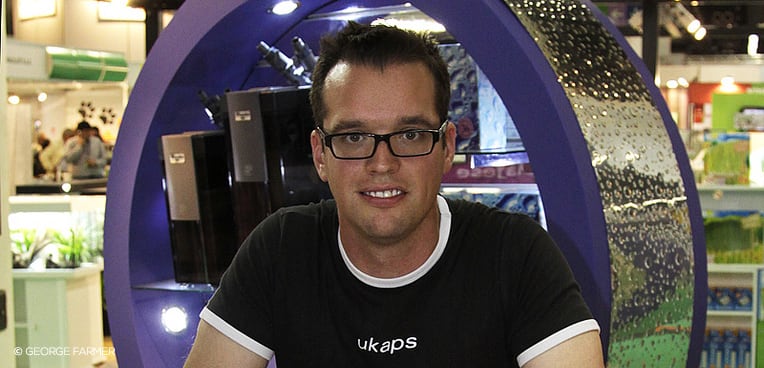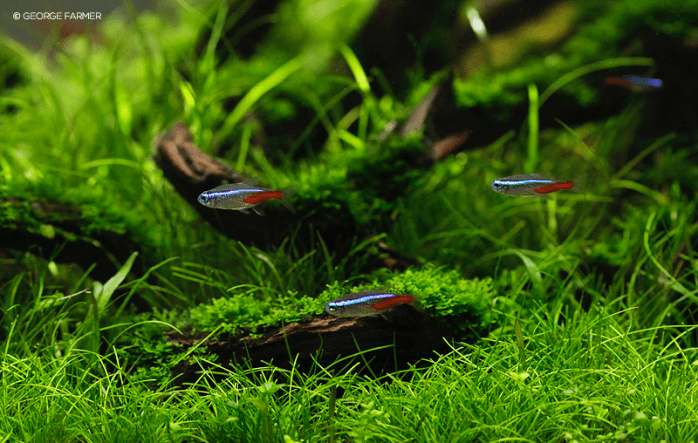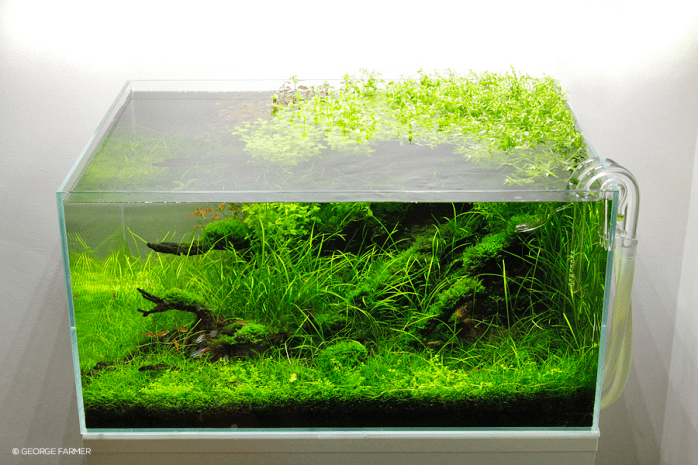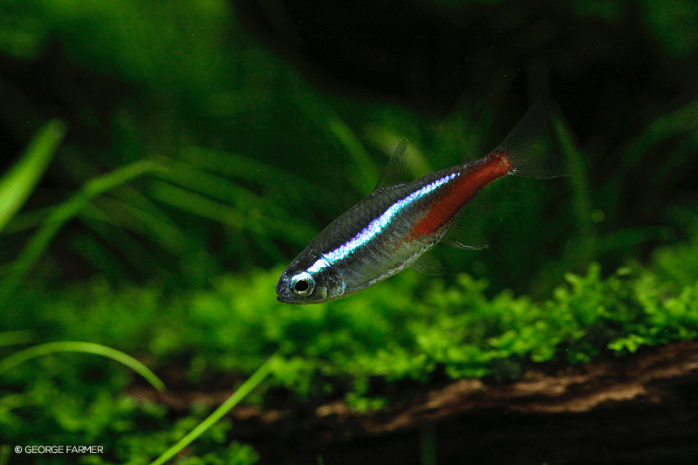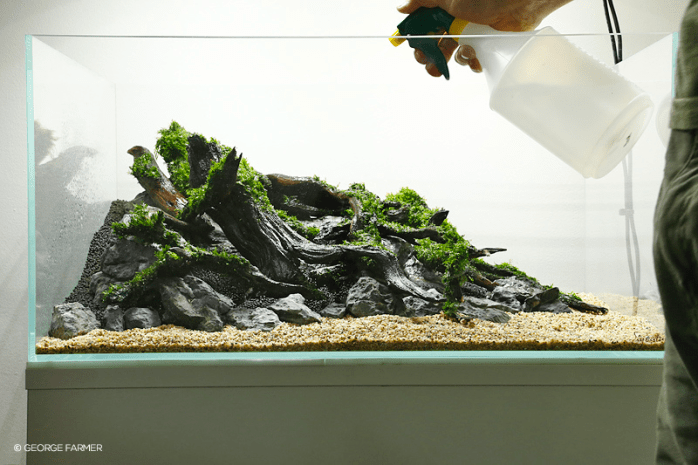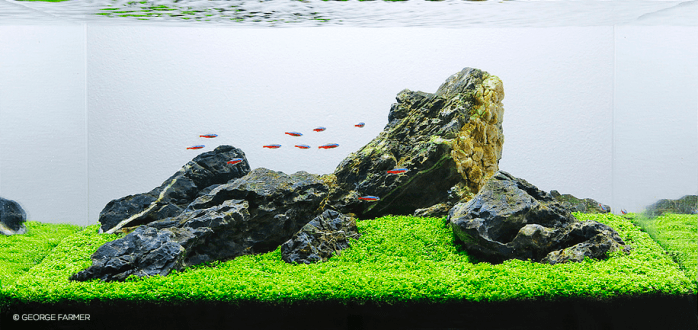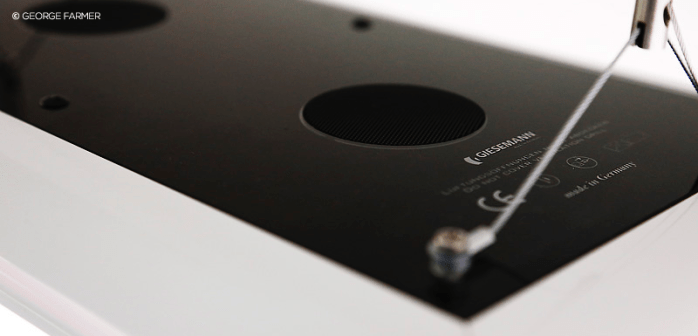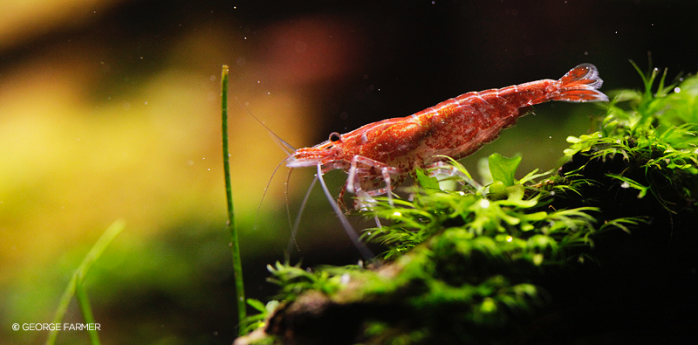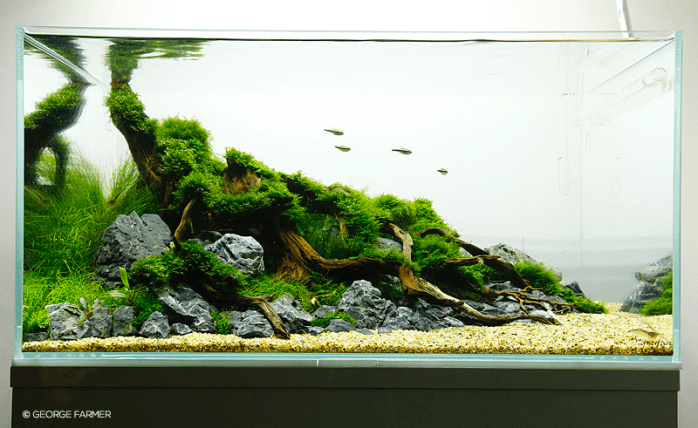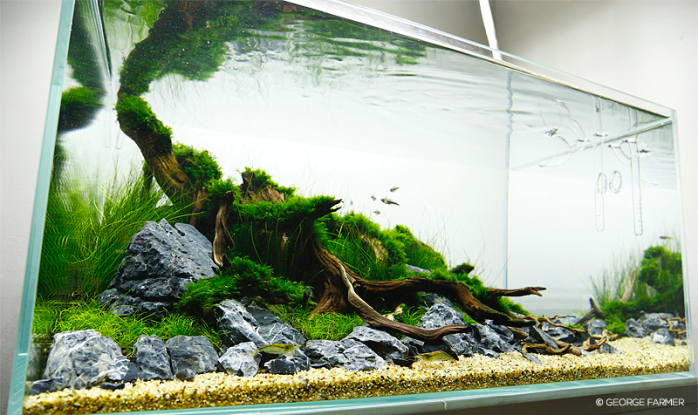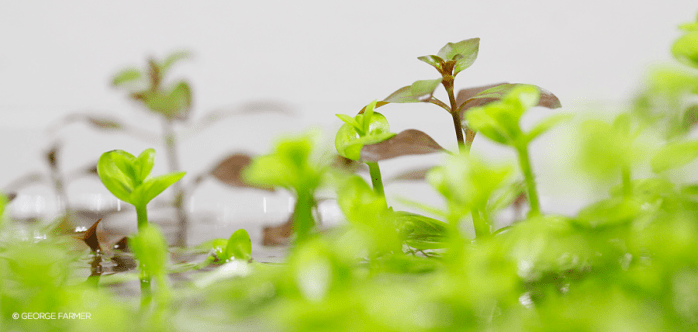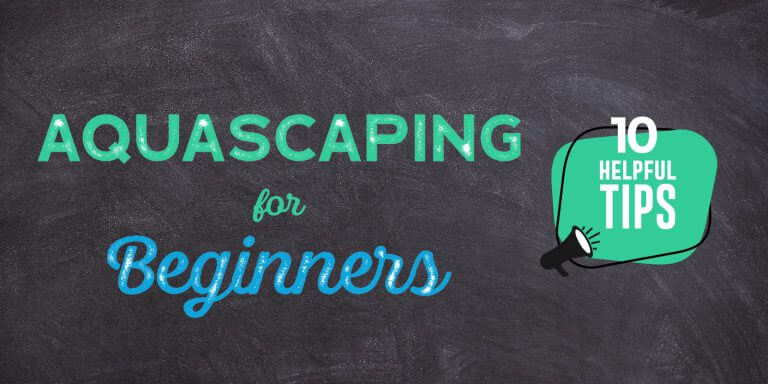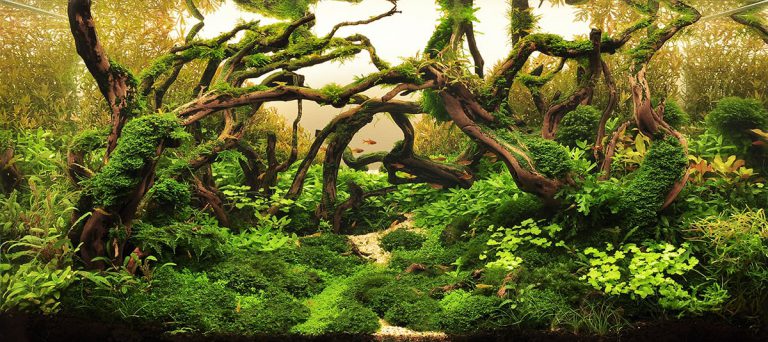We think the best way to learn a new hobby is by getting knowledge and insight from those that are experienced in that particular field. We recently talked to George Farmer, a passionate aquascaper from the UK who is now working for Tropical Marine Centre, and he was kind enough to take some time in answering our aquascaping interview questions. Read on.
Hello George, welcome to Aquascaping Love, we really appreciate taking your time to undergo this interview.
1. I’m sure most aquascaping enthusiasts know who George Farmer is, but for those who don’t know you, can you tell us a little about yourself?
I’m a passionate aquascaper and planted aquarium enthusiast who loves to promote the hobby as much as possible. I have recently left the Royal Air Force after 14 years to undertake a full-time career in aquatics with Tropical Marine Centre as their aquascaping brand manager – AquaGro.
2. How did you get into the fishkeeping hobby and what was your first contact with aquascaping?
I didn’t keep my first aquarium until I was 26 (2003) and it was a disaster! I filled it with non-aquatic plants and needless to say they did not survive. However, I don’t like to give up so did some research and soon discovered the work of Takashi Amano. This was like an epiphany and I knew that was the direction I wanted to take my hobby.
3. There are different styles of aquascaping out there (Dutch, Nature Aquarium, Iwagumi etc.), what’s your favorite one and why?
Nature Aquarium is my favourite. I feel it connects me with nature and brings a greater feeling of relaxation than other styles. I admire a good Dutch aquascape for the technical ability but the style is too forced for my taste. I also enjoy Iwagumi, which is part of the Nature Aquarium philosophy.
4. Please describe the most challenging set-up that you made so far.
The earliest set-ups were the hardest. The equipment was not as readily available and the plant growing knowledge was limited in the UK. We were being told that nitrates and phosphates were the enemy and circulation levels should be low, and we should use as much lighting as possible.
I struggled with CO² by using yeast-based systems and lots of T8 lighting. It was when I bought my first pressurized CO² system and started dosing NPK that I realized growing plants was easy. Then I could really focus on aquascaping without worrying so much about how to grow plants.
5. What’s your main source of inspiration for your aquascapes?
I get a lot of ideas from other aquascapers. Amano is the obvious choice but there are many other creative guys out there. A lot of my work takes a certain path because I have been asked to try out a certain plant or commissioned to create a themed layout i.e. biotopes.
My style is usually quite simple and clean – just like me!
6. Do you have a favorite species of aquatic plant or fish which you like to work with more often?
I love crypts and ferns. Recently I have enjoyed using mosses a lot more too. These can really add a sense of maturity and enhance the naturalistic aspect to an aquascape. I like high-impact stem plants but find the maintenance required too much sometimes.
7. Many people starting with aquascaping complain about algal bloom and they usually give up when that happens. How do you keep your aquariums algae free and what advice would you give regarding this matter?
I always change plenty of water in the initial weeks. I also use lots of CO² and don’t add livestock for the first 2 weeks or so because the CO² is so high. This to allow the plants to adapt and grow much better, making it harder for algae.
When using and enriched soil substrate I will change at least 50% of the water every day for the first week, then every other day for the second week. Then every third day for the third week. After 4 weeks I usually change 50% twice per week, then eventually 50% once a week.
The key with algae is prevention through healthy plant growth and regular maintenance practices. Neglect your plants and algae will punish you!
8. What was the longest that you kept an aquascaping setup? How many tanks do you keep right now and how many hours per week do you spend doing aquarium maintenance?
I kept a crypt and fern layout for almost 3 years. It’s nice to see an aquascape develop over a longer period, and it improves your maintenance technique for those plant species.
I have two tanks: a TMC Signature 60x45x30Hcm, and Natural Aquario 65x40x40cm. I spend about 1-2 hours per week on each.
9. Tell us a bit about the technical aspect of your aquariums, like filtration, light units, CO2, fertilization systems.
I always use big filters. Circulation is paramount in a CO²-injected aquarium so the more powerful the filter the better. With tanks over 150 litres I would use two filters. Currently I use Fluval G3 and G6. They are so easy to maintain and have good flow rates for their size.
I have been using LED lighting exclusively now for a few years. It’s a proven technology and makes longer-term financial and environmental sense. TMC LEDs are my favourite because they are very effective but good value. The most impressive unit I’ve used is the Giesemann Futura but it’s too expensive for me.
I usually use external inline CO² diffusers as I don’t like to see equipment in the tank. Pressurized refillable systems are the best. I still use the first Dennerle regulator I bought over 10 years ago.
10. How much of an artist do you have to be in order to create aquascapes like the ones you see in the major aquascaping contests? What skills do you think differentiate a good aquascaper from the best?
You don’t have to be a natural artist to be a successful aquascaper. I am proof of that! There are guidelines that can be followed to help such as the rule of thirds. There is nothing wrong with copying an aquascape either. Like anything, practice makes it easier.
The best aquascapers have a unique blend of skills. Creativity, patience, gardening, photography, and sometimes luck!
I do not regard myself as a great aquascaper at all. Proof of this is never winning a major contest. But I have great fun with my hobby and helping to inspire new aquascapers gives me a better thrill than winning any contest. Newcomers are the future of the hobby. Without them there would be no contests… 🙂
11. What’s the aquascaping scene like in the UK? Tell us a bit about ukaps.org.
The UK aquascaping scene is growing all of the time, with a lot of help from the UK Aquatic Plant Society. We were formed in 2007 and currently have around 10,000 members on the forum (www.ukaps.org/forum) and 12 sponsors. We work closely with the industry and have helped at several aquatic consumer and trade shows, as well as TV appearances and newspaper interviews. I have to mention the great work of co-founder, Dan Crawford and webmaster, Paulo Leal. They do so much work behind the scenes – they’re really incredible guys!
12. The craft of aquascaping is definitely getting a lot more media coverage lately, how do you see it evolving over the years?
I think the aquascaping hobby will gradually grow and become more popular with general hobbyists as it receives more media coverage. Most people have never heard of aquascaping or realize these beautiful aquariums exist. I think the shops have a big part to play and encourage them to have their own decent display aquascapes to help inspire and educate the public. The main challenge for the UK is to change the common perception from that plants are disposal ornaments to wonderful pieces of nature that live and grow to help our tanks look beautiful.
13. George, I’m a complete beginner regarding aquascaping and planted tanks in general, what would be the best approach when starting in this hobby? What advice would you give to newcomers?
Buy good quality kit. Learn about lighting, CO², fertilizers, filtration, circulation, and maintenance. Join a good online community and choose to learn from one to two experienced aquascapers. This should help avoid confusion.
Thank you for your time George, and we wish you best of luck in all your endeavors.
To see more great aquascaping photos, visit George Farmer’s Flickr page, watch him on Youtube or follow him on Instagram.
Enjoyed this article? Spread the word by sharing it with your friends!

